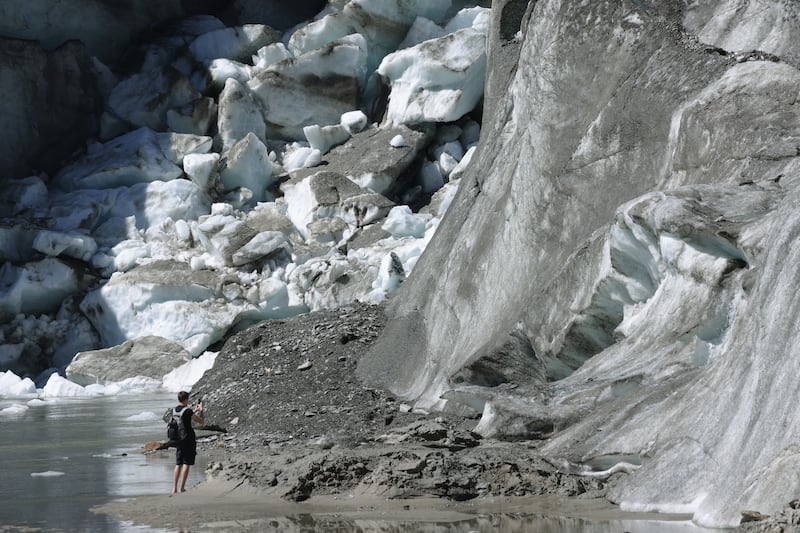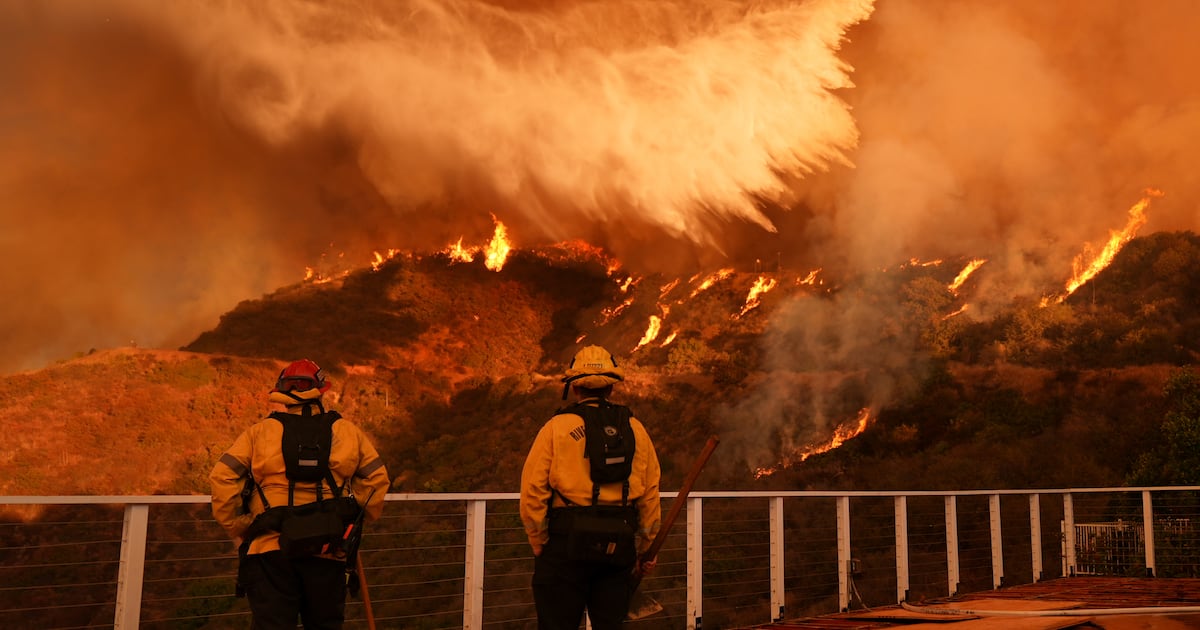The world’s weather experts have warned that Earth is experiencing an “alarming streak of exceptional temperatures” with climate change driving ever more difficult conditions.
The State of the Global Climate Report from the World Meteorological Organisation (WMO) shows 2025 is set to become the second or third warmest year in human history.
That means every year since 2014 has been exceptionally hot, so the exception is becoming the norm.
Other key indicators of the changing climate are also causing alarm.
Sea ice and glaciers have continued to shrink, with less Arctic sea-ice formed last winter than any year on record and the summer melt one of the most extreme in recent times.
Glaciers in all parts of the world lost record volumes of ice, measured at 450 billion tonnes.
Venezuela lost its final glacier, Humboldt, joining Slovenia as the first two countries to lose all their glaciers in modern times.
Ocean heat continued to rise this year, beating the record levels of 2024 and causing seas to expand.
 Glaciers in all parts of the world lost record volumes of ice. Pasterze glacier on August 21, 2023 near Heiligenblut, Austria. Photograph: Sean Gallup/Getty Images
Glaciers in all parts of the world lost record volumes of ice. Pasterze glacier on August 21, 2023 near Heiligenblut, Austria. Photograph: Sean Gallup/Getty Images
Ocean warming also intensifies storms, weakens the oceans’ ability to absorb greenhouse gases and destroys marine ecosystems.
Sea levels, driven up by ice melt and expanding oceans, rose by 4.1mm a year between 2016 and 2025, which was double the rate in the early 2000s.
Across the world this year, people, property, businesses and natural habitats were devastated by extreme rainfall, flooding and wildfires.
The report was released at the Cop30 United Nations climate summit in Belém, Brazil, where world leaders have gathered to discuss joint climate action initiatives.
This year’s gathering was meant to see all countries submit new national climate action plans.
Collectively, these plans were to cut greenhouse gas emissions sufficiently to keep average global temperature rise from exceeding the relatively safe level of 1.5 degrees above pre-industrial levels, before fossil fuel use accelerated.
WMO secretary general Celeste Saulo let leaders know they failed the task.
“This unprecedented streak of high temperatures, combined with last year’s record increase in greenhouse gas levels, makes it clear that it will be virtually impossible to limit global warming to 1.5 degrees in the next few years without temporarily overshooting this target,” she said.
“But the science is equally clear that it’s still entirely possible and essential to bring temperatures back down to 1.5 degrees by the end of the century.”
United Nations secretary general Antonio Guterres called on the leaders to act with urgency.
“Each year above 1.5 degrees will hammer economies, deepen inequalities and inflict irreversible damage,” he said.
“We must act now, at great speed and scale, to make the overshoot as small, as short, and as safe as possible – and bring temperatures back below 1.5 degrees before the end of the century.”
[ Why is the Government playing chicken on climate with Europe?Opens in new window ]

